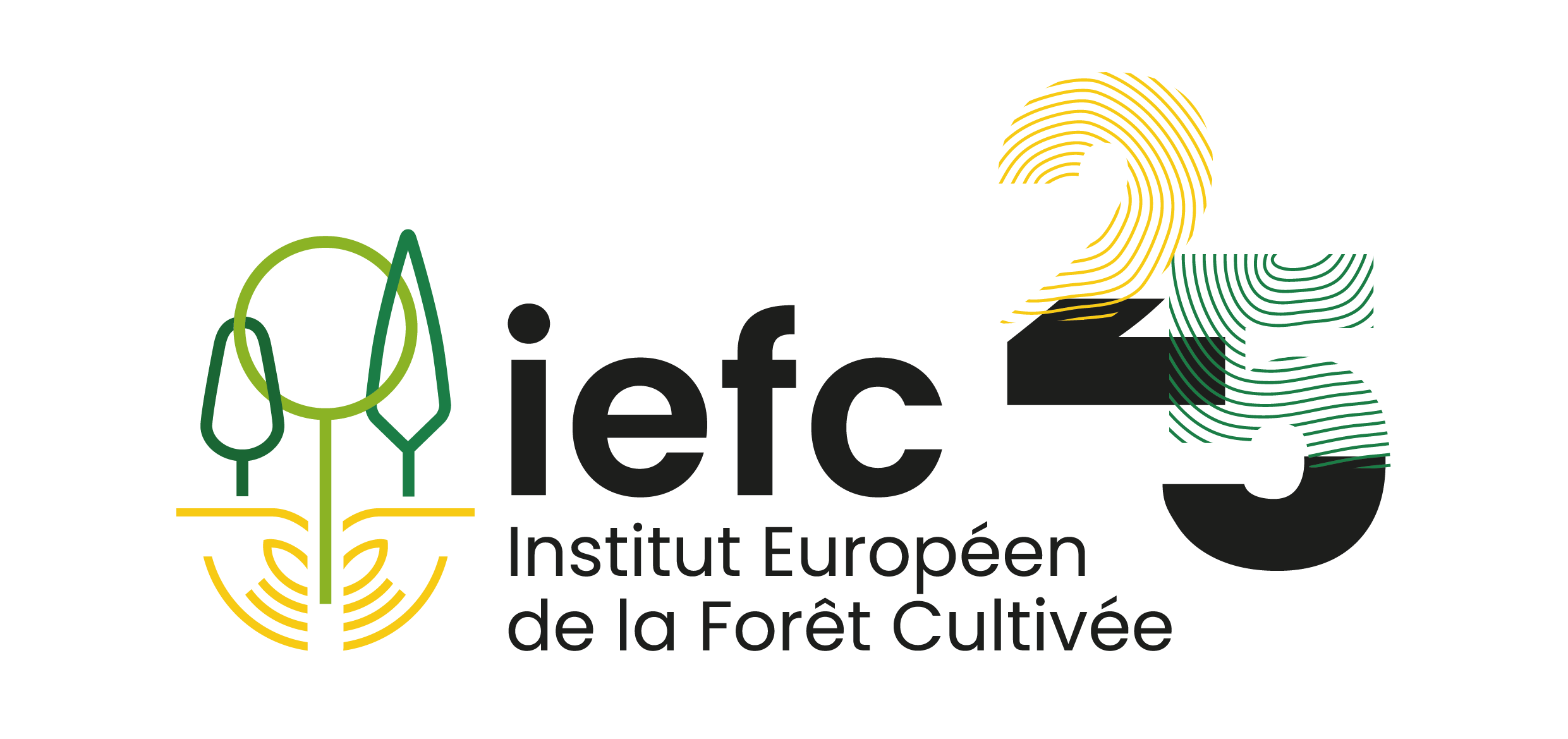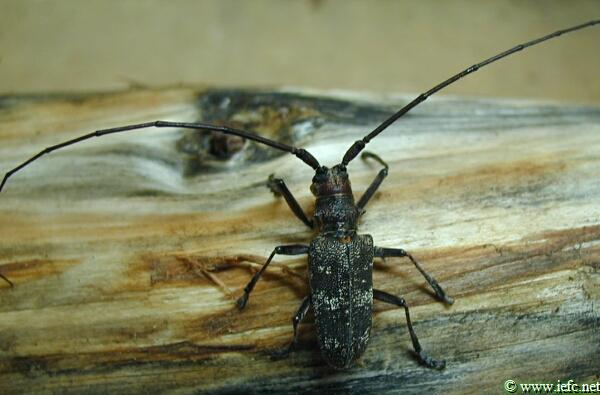Pine wood nematode
Bursaphelenchus xylophilus
Synonym: Bursaphelenchus lignicolus
Host tree
Identification
- General wilting and yellowing of the needles, which remain on the tree and turn brown.
- Quick death of the affected trees (30-90 days after the first visible symptoms), usually in summer. Some trees die the following spring.
- Timber without resin.
- B. xylophilus is not visible to the naked eye and can only be distinguished from other Bursaphelenchus species in specialised laboratories.
Damage
- Infected trees in susceptible species will die.
Biology
- In Europe B. xylophilus occurs in Portugal only (restricted to the Setúbal peninsula). It has only been found in Pinus pinaster. The vector of B. xylophilus in Portugal is Monochamus galloprovincialis (Coleoptera: Cerambycidae).
- Adult Monochamus beetles can transport juvenile nematodes. The vector beetles introduce primarily the nematodes into a healthy tree through wounds caused by adult feeding.
- In a suitable tree species and under favourable climatic conditions, the nematodes quickly multiply and move from the cambium into the xylem, where they kill the tree by blocking the water channels.
- In dead trees, the nematodes feed on fungi, particularly on blue stain fungi.
- Wilted trees become suitable for egg laying by Monochamus females with probable occurrence of secondary nematode transmission. The beetle larvae develop initially in the cambium and spend the winter inside the wood. In spring, the nematodes congregate near the pupal chambers and attach themselves to the adult beetles before they emerge.
Risk factors
- High temperatures and dry growing seasons favour the intensification and spread of the nematode.
Pest management
Monitoring
- Careful monitoring of new spots of pine decline with verification of the presence of the nematode in the trees.
- Monitoring Monochamusbeetles flight with ethanol and monoterpene hydrocarbons baited traps or traps made of pine branches and logs.
Preventive measurements
- Removal and destruction of infected trees before the spring emergence of Monochamus.
- In the long term, breeding and planting of resistant pines.

